WHETEHR it’s love triangles, star-crossed lovers, or couples bridging social divides, Bollywood has long been built on a foundation of formula-driven romances. However, across the decades, some films have dared to do things differently, offering unique takes on love.
With Valentine’s Day around the corner, Eastern Eye has curated a watchlist of distinctive romantic films from Bollywood, listed in chronological order.
Mahal (1949): This cult classic kick-started Bollywood’s spooky love story genre. The tale of a man who believes he has been reincarnated and is being visited by the ghost of a lost love paved the way for gothic fiction in Indian cinema. Ashok Kumar and Madhubala delivered strong central performances in this love story, which isn’t quite what it seems.
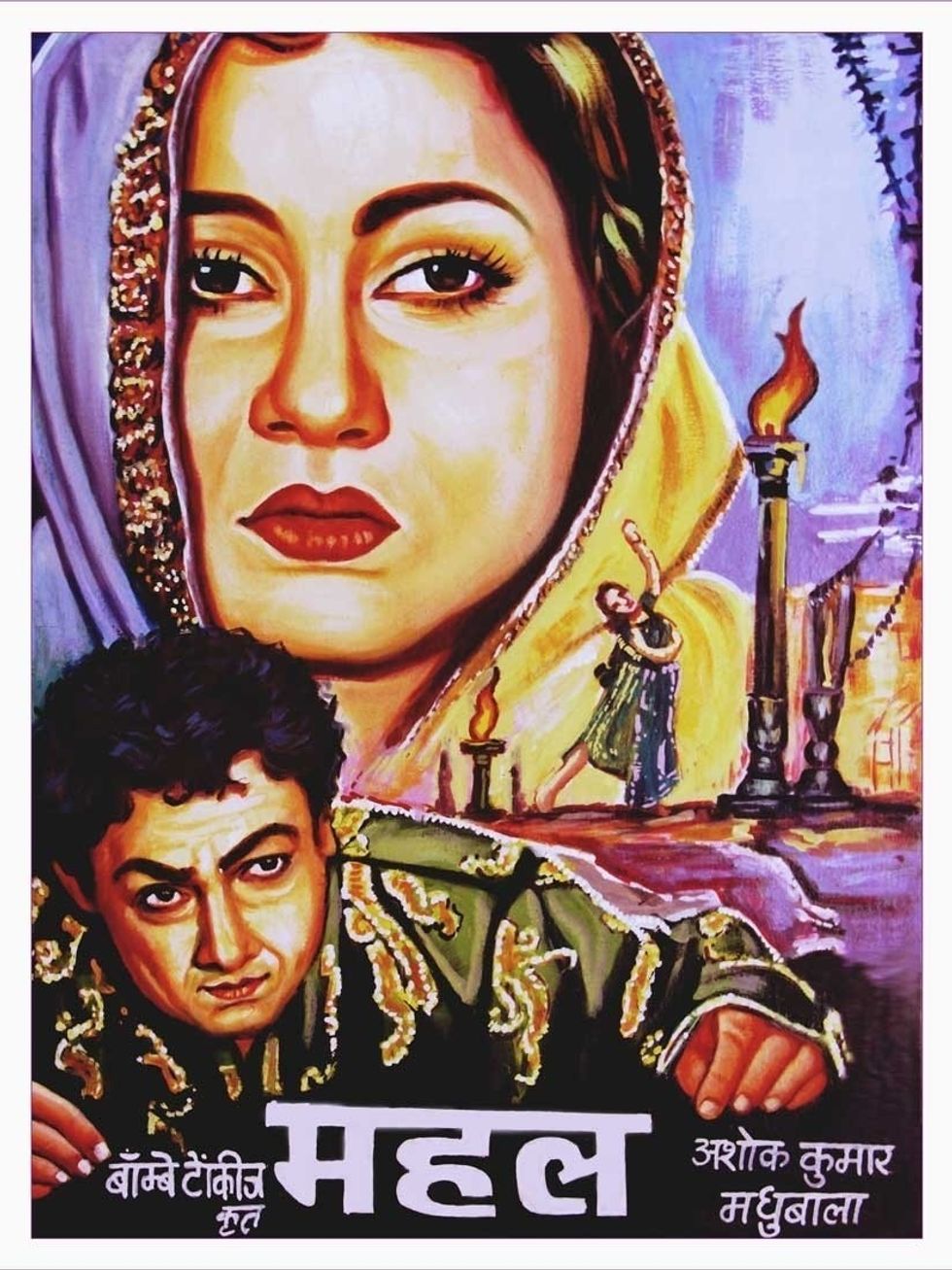
Khandan (1965): A remake of the Tamil blockbuster Bhaaga Pirivinai (1959), this film revolves around a divided family, but at its heart lies a moving love story. A kind-hearted woman (Nutan) falls for a partially paralysed man (Sunil Dutt), a role that won him the Filmfare best actor award. The award-winning soundtrack includes the unforgettable song Tum Hi Meri Mandir, Tum Hi Meri Pooja.
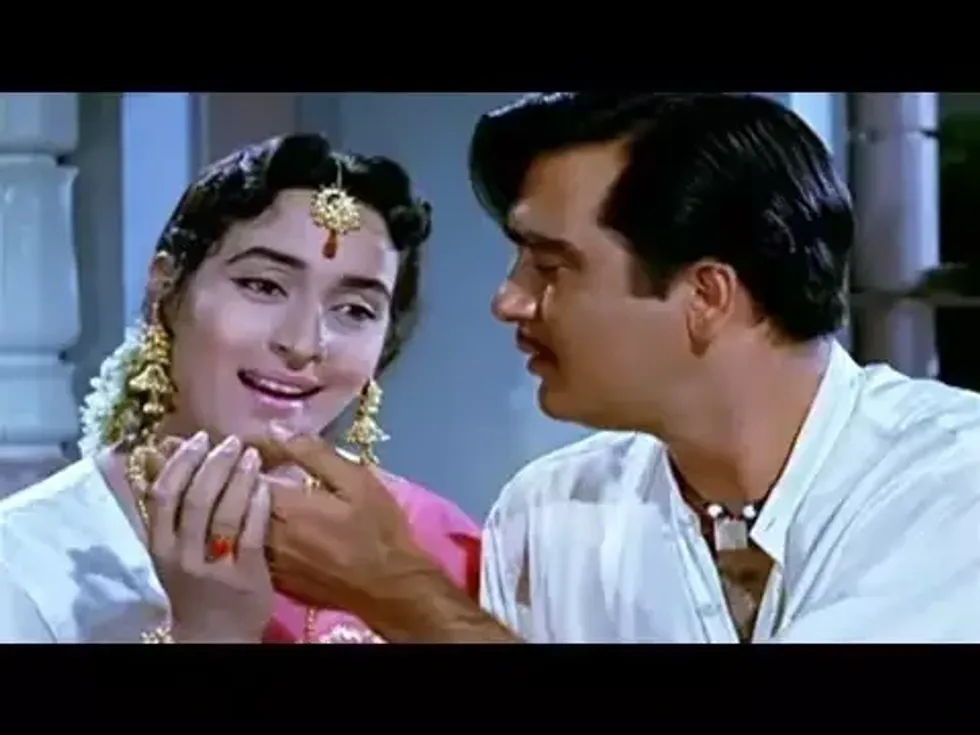
Guide (1965): A leading film star playing the role of an adulterer would still be surprising today, which is why this classic, made 60 years ago, was ahead of its time. Waheeda Rehman portrays an unhappily married woman who finds love with a guide (Dev Anand). Packed with stunning songs and a shocking twist, the film’s bold subject matter led to calls for it to be banned.
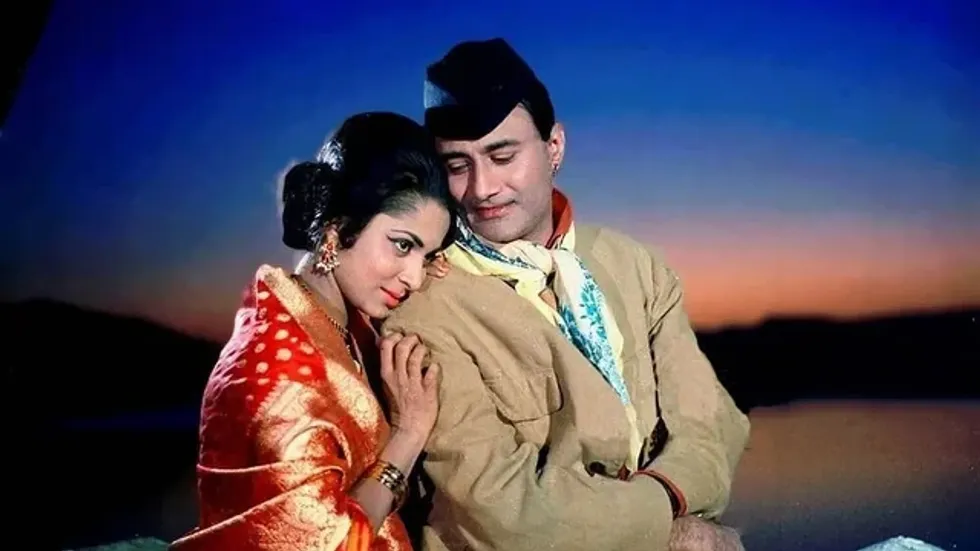
Pagla Kahin Ka (1970): Another film ahead of its time that doesn’t get the recognition it deserves, this story follows a musician (Shammi Kapoor) who takes the blame for a murder to protect his best friend and pretends to be mentally unwell. Committed to an asylum, he later discovers hidden truths and descends into real madness. In the midst of this turmoil, he unexpectedly finds love with a kind doctor.
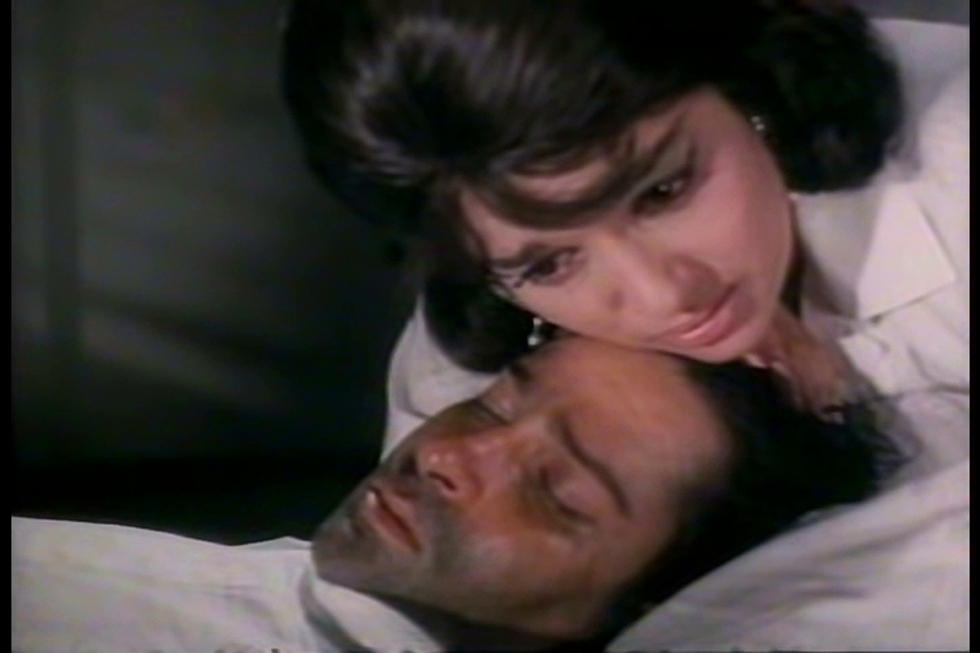
Andaz (1971): Best remembered for Rajesh Khanna’s cameo in the iconic song Zindagi Ek Safar Hai Suhana, this film offers much more. It tells the story of a widower (Shammi Kapoor) who unexpectedly falls in love with a single mother (Hema Malini). The romance between single parents struck a chord with audiences and made the film stand out.
Koshish (1972): Bollywood has rarely portrayed disability well, which is why this landmark film remains unique more than 50 years after its release. Sanjeev Kumar and Jaya Bhaduri deliver stunning performances as a deaf and mute couple navigating life in an unempathetic society. Written and directed by Gulzar, the emotional drama beautifully explores a different side of love.
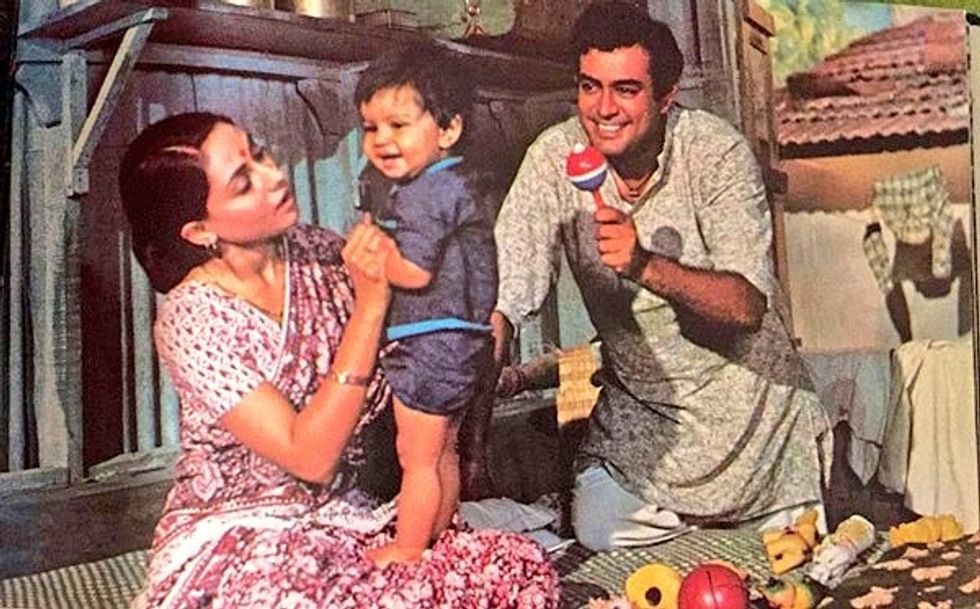
Khatta Meetha (1978): For decades, Bollywood romances focused on young love, but writer-director Basu Chatterjee offered something different with this story of two elderly widowers finding love in their later years. Ashok Kumar and Pearl Padamsee shine as the couple who shock their children and society by deciding to marry.
Ek Nai Paheli (1984): Typically, young couples come together in love stories, but this Hindi remake of the Tamil film Apoorva Raagangal flips the script. A headstrong young man (Kamal Haasan) falls for an older woman (Hema Malini), while her daughter (Padmini Kolhapure) falls for an older widower (Raaj Kumar), who turns out to be the young man’s father.
Eeshwar (1989): This heart-warming film, which won a well-deserved Filmfare award for best story, follows a simple, mentally challenged man (Anil Kapoor) who falls in love with a widow struggling to raise her young son. A Hindi remake of the Telugu classic Swathi Muthyam, it blends great music with raw human emotion.
Lamhe (1991): Hindi cinema has always embraced love triangles, but none have been as unique as this one. Anil Kapoor plays a man torn between the memory of a deceased older woman he once loved and her identical-looking daughter, decades later. Filmmaker Yash Chopra crafted two cross-generational romances, with Sridevi portraying both an older woman in love with someone else and, decades later, her orphaned daughter, who gradually warms the heart of an older man.
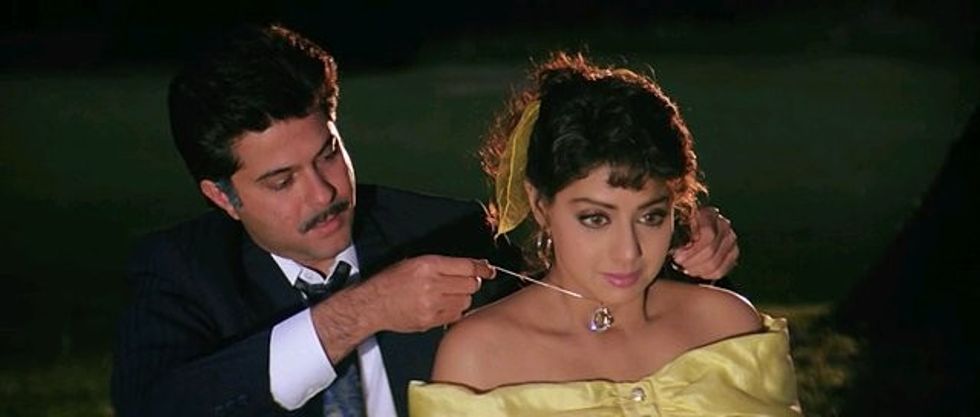
Dil To Pagal Hai (1997): While not immediately thought of as a unique love story, this film broke conventions. Apart from being Bollywood’s first proper Valentine’s Day film, it offered an unconventional romance between two individuals who fall in love while rehearsing for a stage show – mirroring what unfolds between them in real life. Shah Rukh Khan and Madhuri Dixit’s chemistry, along with majestic musical numbers, made it a classic.
Saathiya (2002): A remake of the Tamil film Alaipayuthey (2000), this film explores what happens after a couple gets together. It’s a cleverly told story about a man searching for his wife who doesn’t come home one day. Through flashbacks, we see how they fell in love, got married, and slowly drifted apart. The romantic musical, starring Rani Mukerji and Vivek Oberoi, highlights the importance of not taking love for granted.
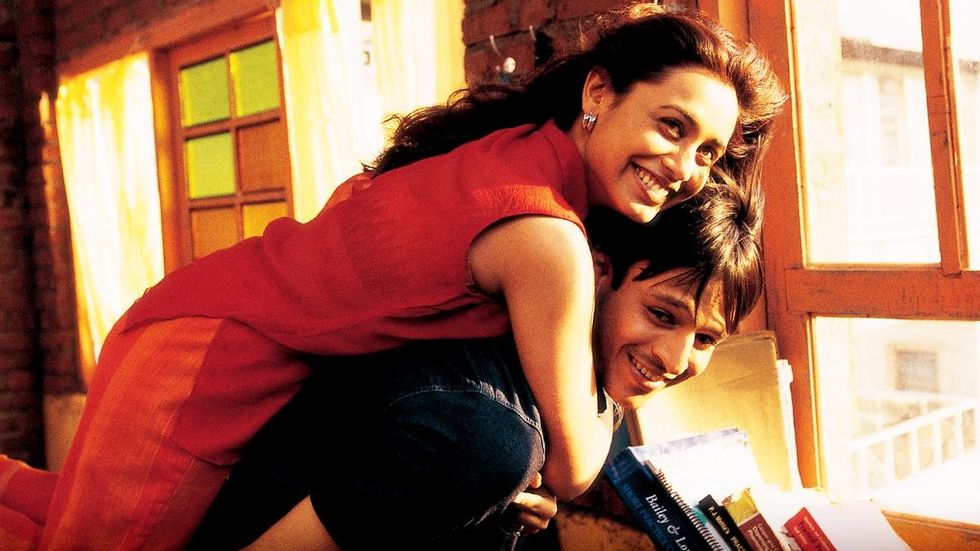
Cheeni Kum (2007): This romantic comedy shocked audiences upon release. Amitabh Bachchan plays a 64-year-old confirmed bachelor who finally finds love with a feisty 34-year-old (Tabu). The unconventional romance explores their relationship and the objections raised by those around them – including her furious father.
7 Khoon Maaf (2011): Though this black comedy centres on a murderous woman, its core theme is romance. Based on Ruskin Bond’s short story Susanna’s Seven Husbands, the film follows a woman (Priyanka Chopra) searching for love, only to keep killing her deeply flawed husbands. Each murder is connected to a different deadly sin.
Barfi (2012): This fairy tale-like romantic comedydrama beautifully explores the bond between a deaf-mute man and two contrasting women, one of whom is autistic. Ranbir Kapoor and Priyanka Chopra deliver outstanding performances in a film filled with a rainbow of emotions. Despite borrowing elements from multiple Hollywood films, Barfi remains a unique love story.
The Lunchbox (2013): This masterpiece presents a love story between two people who have never met. A lonely widower and an unhappy housewife form an emotional connection through handwritten letters exchanged via a wrongly delivered tiffin box. The internationally acclaimed film, featuring stellar performances from Irrfan Khan and Nimrat Kaur, proves that love can find you in the most unexpected ways.
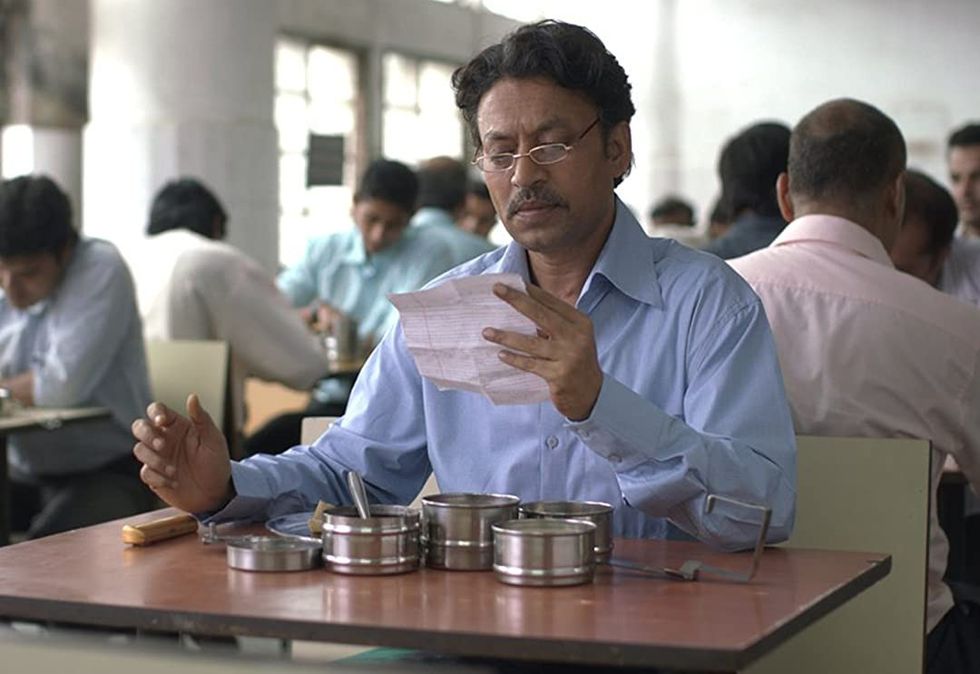
Dum Laga Ke Haisha (2015): This sleeper hit offered a refreshingly different take on romance. Ayushmann Khurrana and Bhumi Pednekar brilliantly portray a mismatched couple – a self-centred young man reluctantly marries an overweight woman. Initially indifferent, he slowly learns what true love really means. With a beautifully unique ending, the film offers valuable life lessons in love.
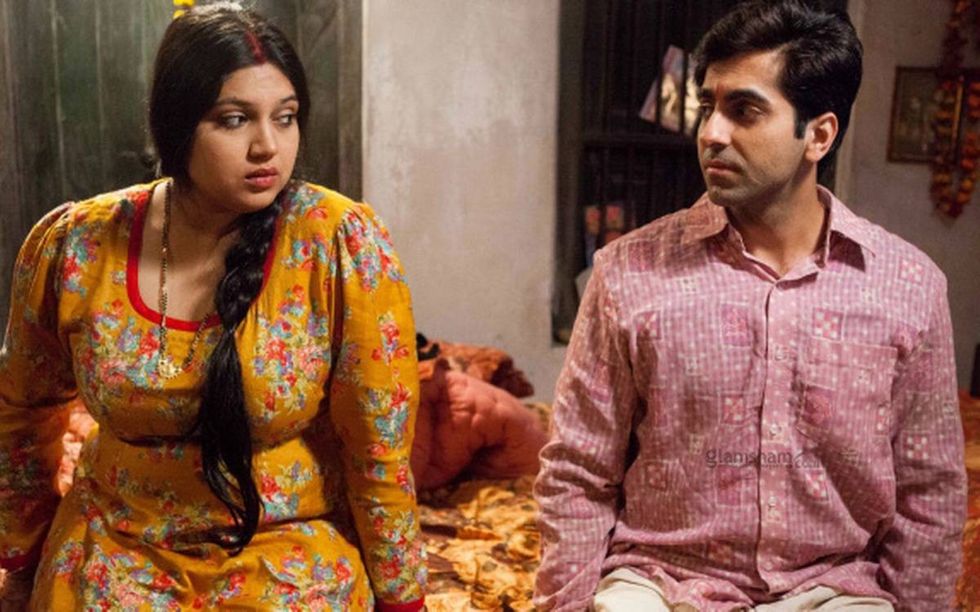






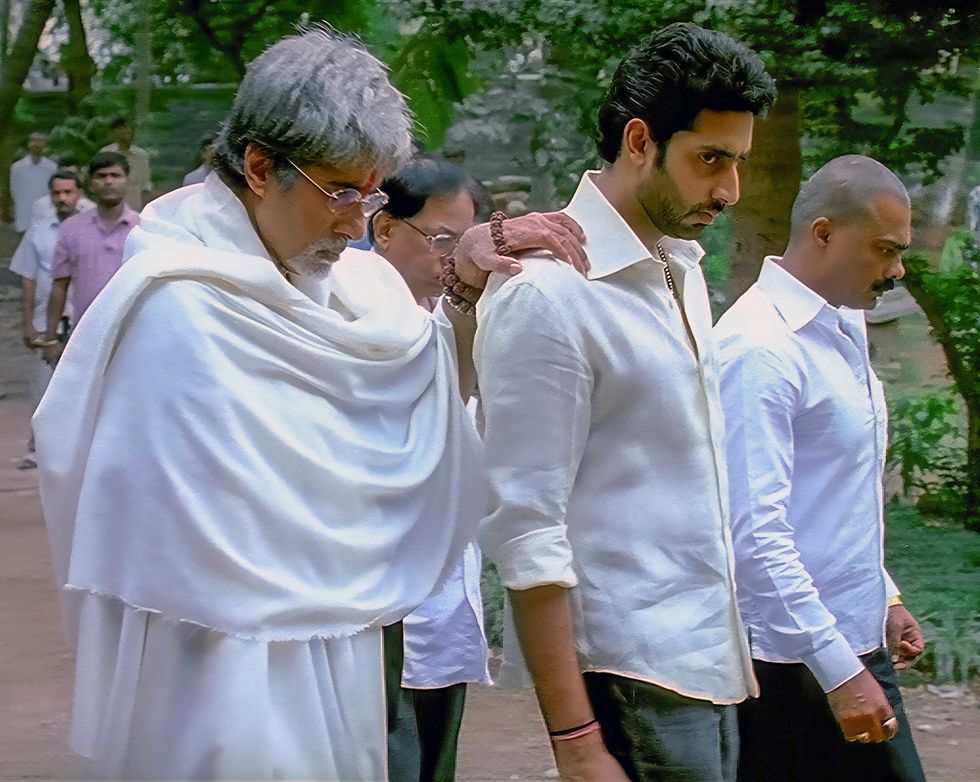 A still from Sarkar, inspired by 'The Godfather' and rooted in Indian politicsIndia Glitz
A still from Sarkar, inspired by 'The Godfather' and rooted in Indian politicsIndia Glitz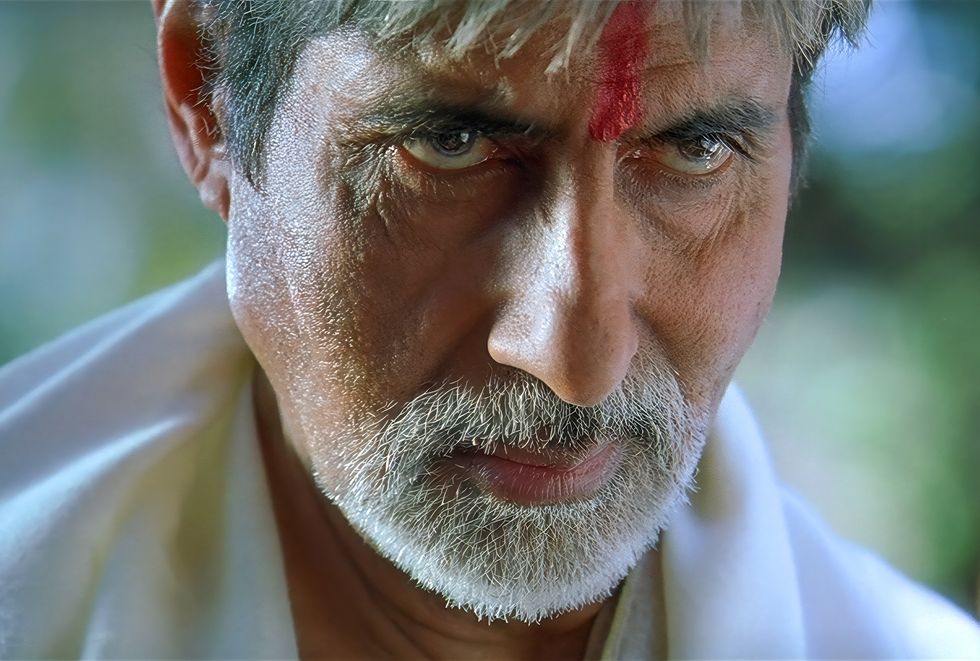 Sarkar became a landmark gangster film in Indian cinemaIndia Glitz
Sarkar became a landmark gangster film in Indian cinemaIndia Glitz The film introduced a uniquely Indian take on the mafia genreRotten Tomatoes
The film introduced a uniquely Indian take on the mafia genreRotten Tomatoes Set in Mumbai, Sarkar portrayed the dark world of parallel justiceRotten Tomatoes
Set in Mumbai, Sarkar portrayed the dark world of parallel justiceRotten Tomatoes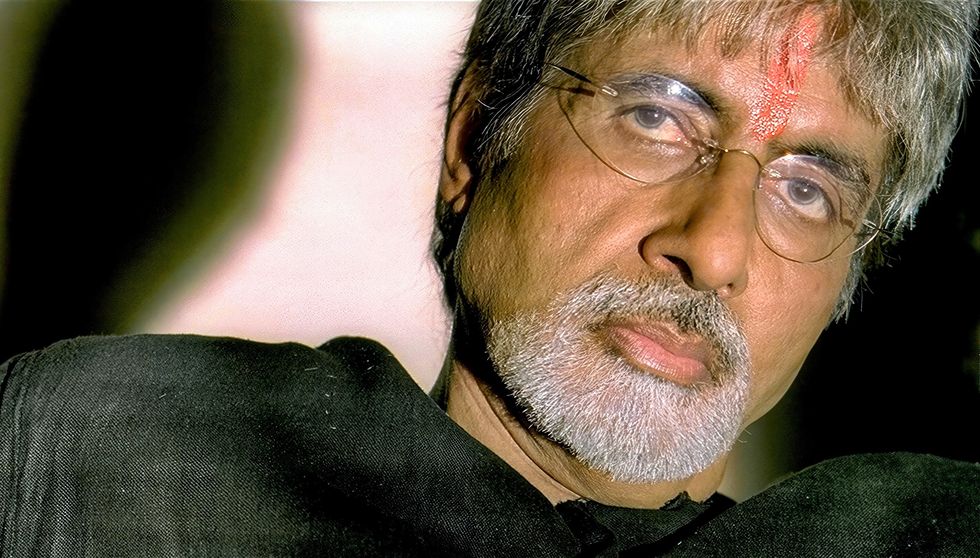 Ram Gopal Varma’s Sarkar marked 20 years of influence and acclaimIMDb
Ram Gopal Varma’s Sarkar marked 20 years of influence and acclaimIMDb









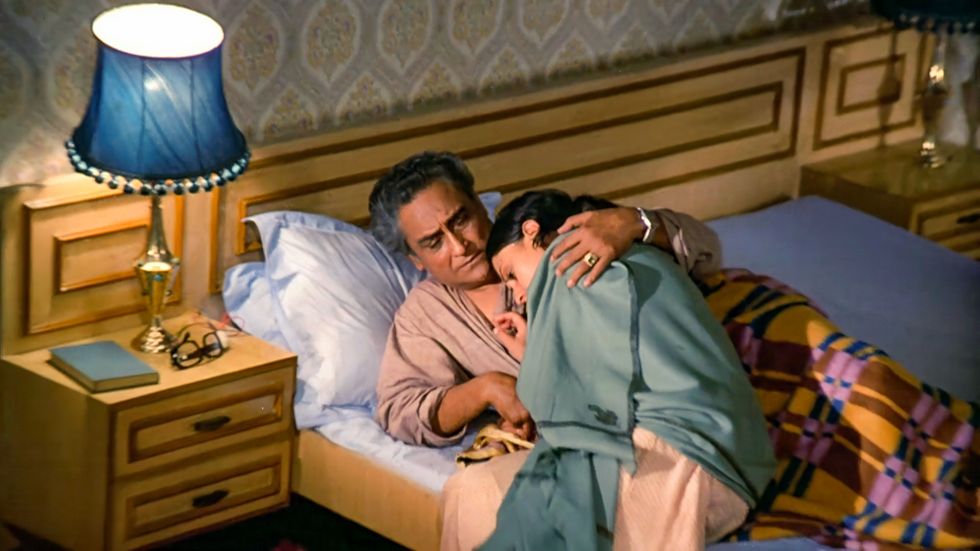 Visual highlights from MiliRotten Tomatoes
Visual highlights from MiliRotten Tomatoes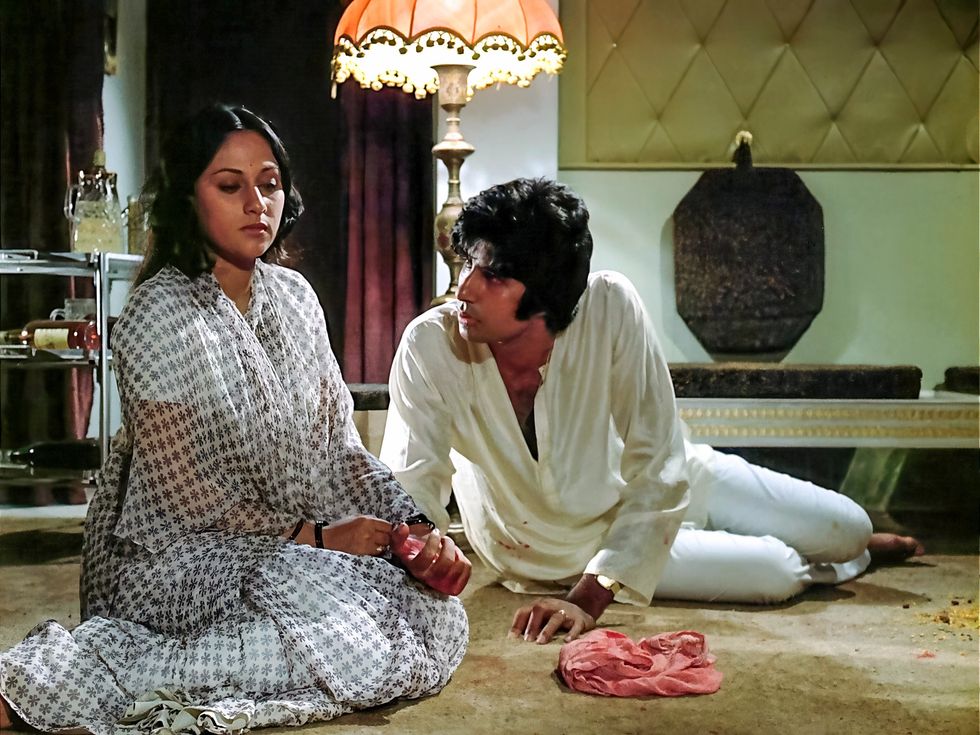 Their innocence and kindness melt his hardened exteriorIMDb
Their innocence and kindness melt his hardened exteriorIMDb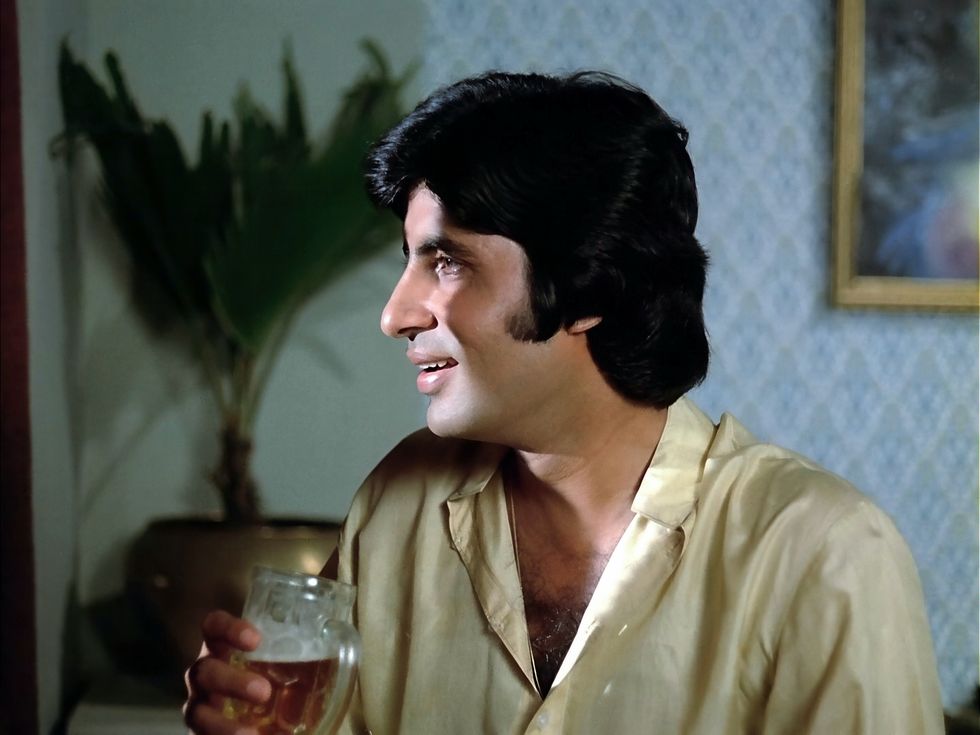 In the song Maine Kaha Phoolon SeIMDb
In the song Maine Kaha Phoolon SeIMDb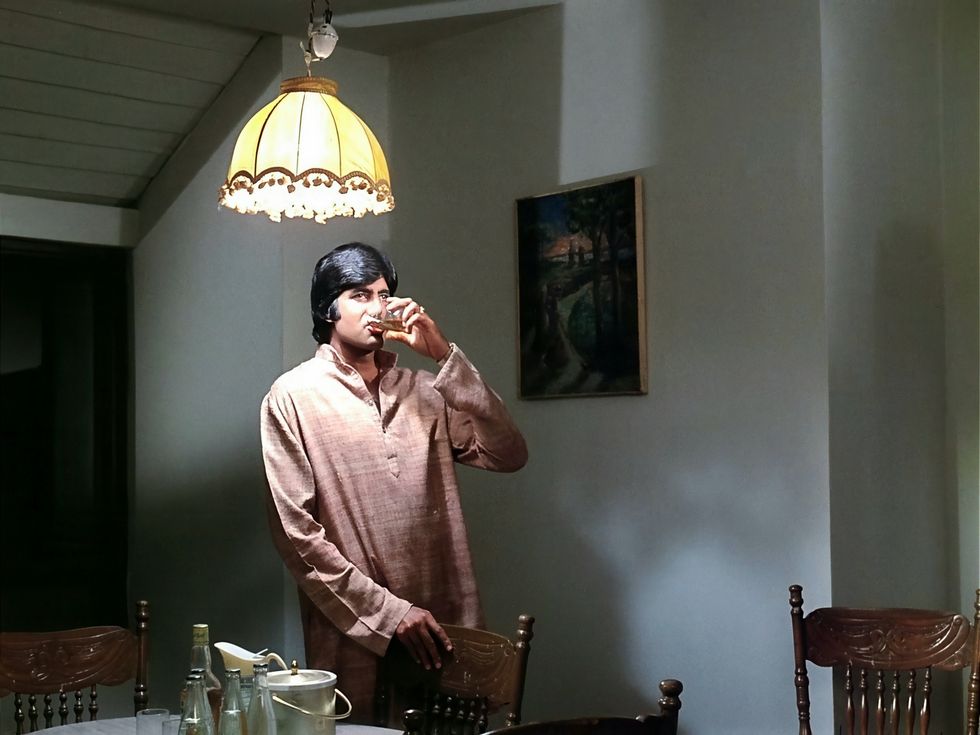 The raw emotions of every characterInstagram/ hindifilimography
The raw emotions of every characterInstagram/ hindifilimography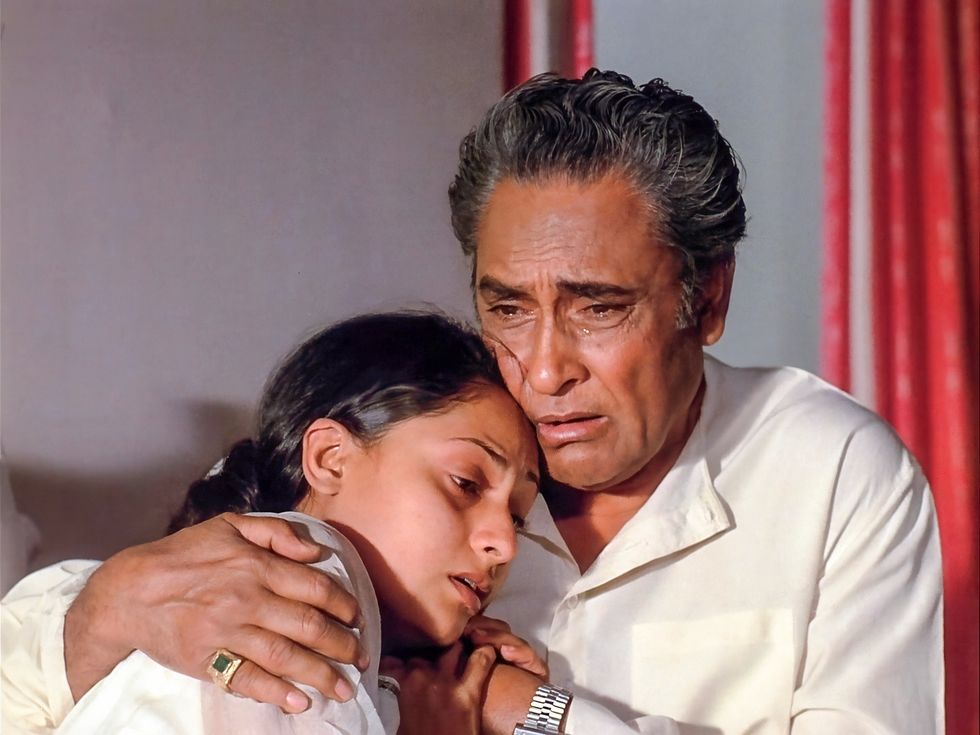 The heart-rending scene between father and daughterInstagram/ hindifilimography
The heart-rending scene between father and daughterInstagram/ hindifilimography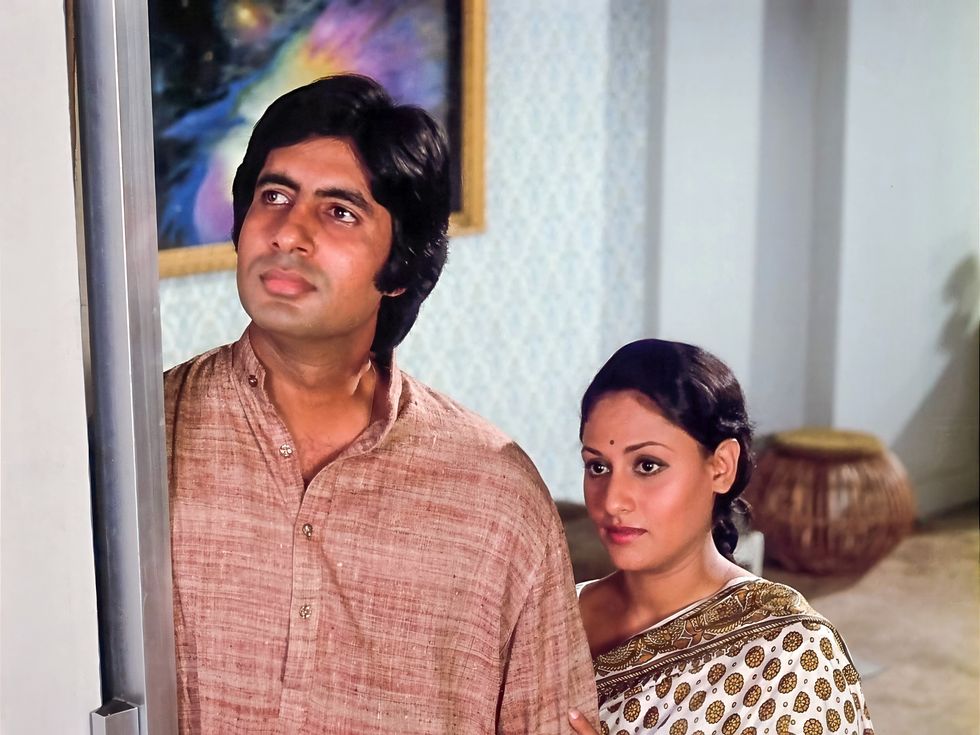 The woman who taught him how to liveRotten Tomatoes
The woman who taught him how to liveRotten Tomatoes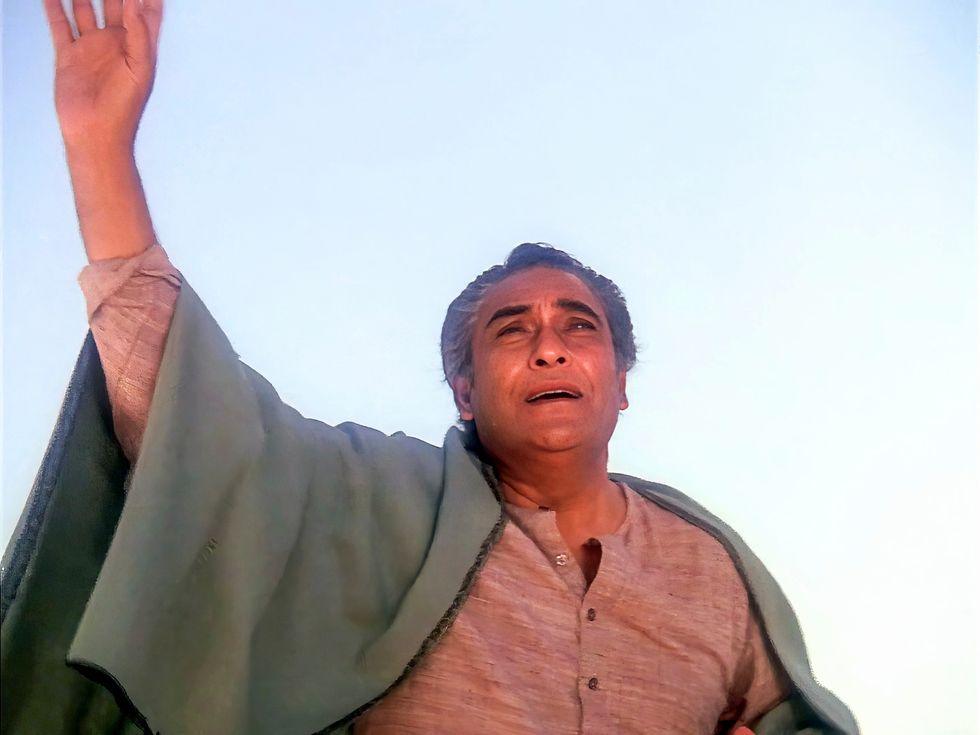 He sets out to explore every possible option Rotten Tomatoes
He sets out to explore every possible option Rotten Tomatoes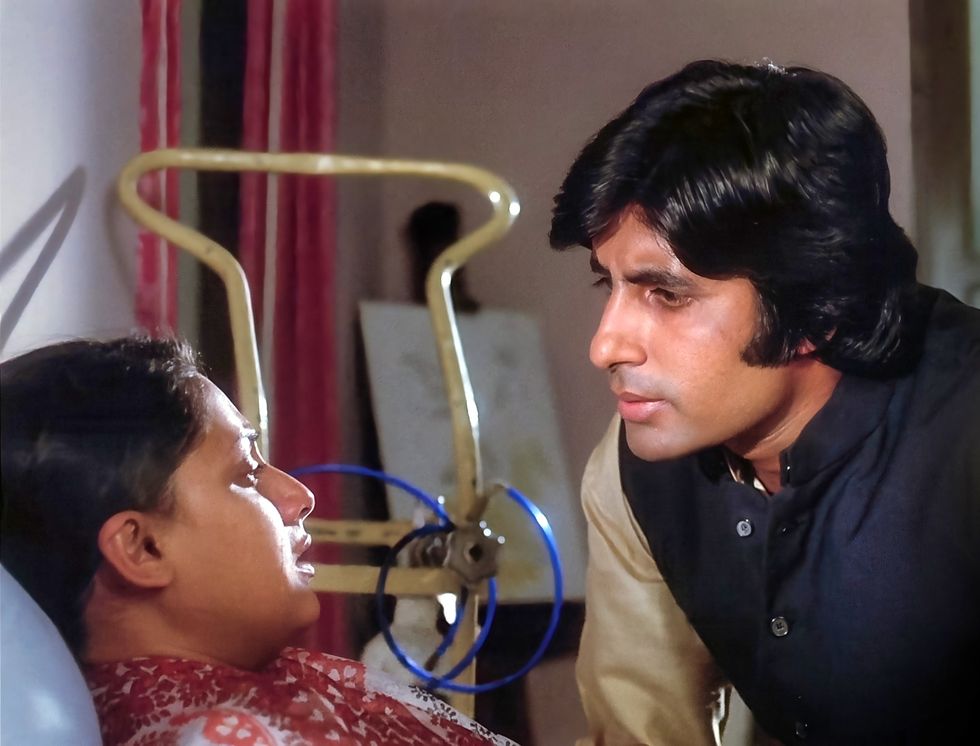 Having changed him for the betterInstagram/ hindifilimography
Having changed him for the betterInstagram/ hindifilimography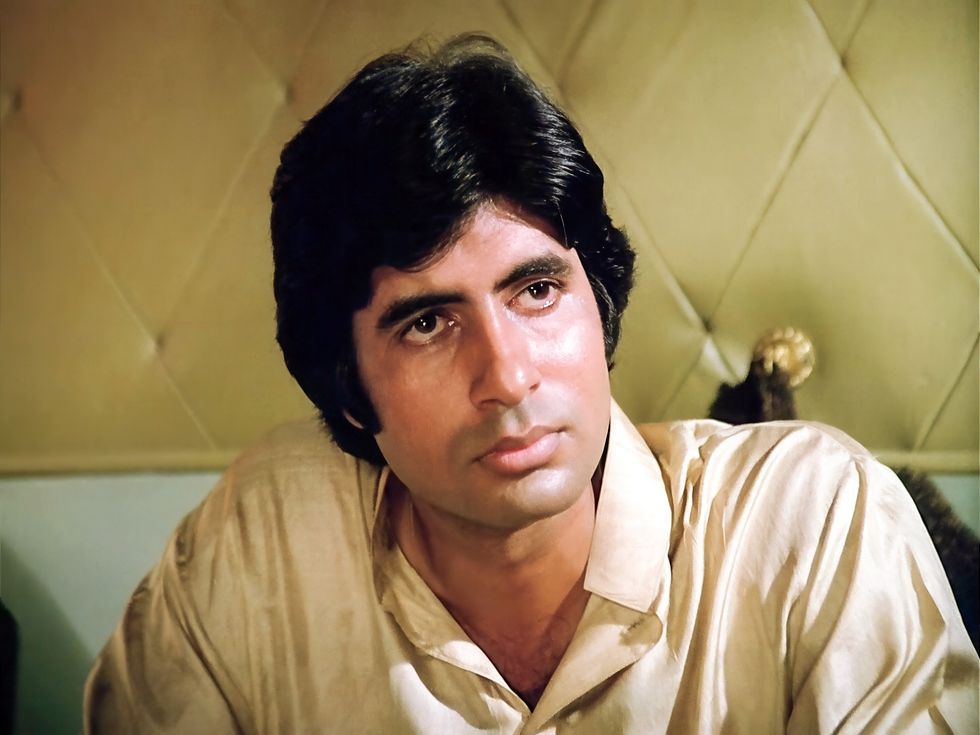 Fifty years later, those sentiments still ring trueInstagram/ hindifilimography
Fifty years later, those sentiments still ring trueInstagram/ hindifilimography
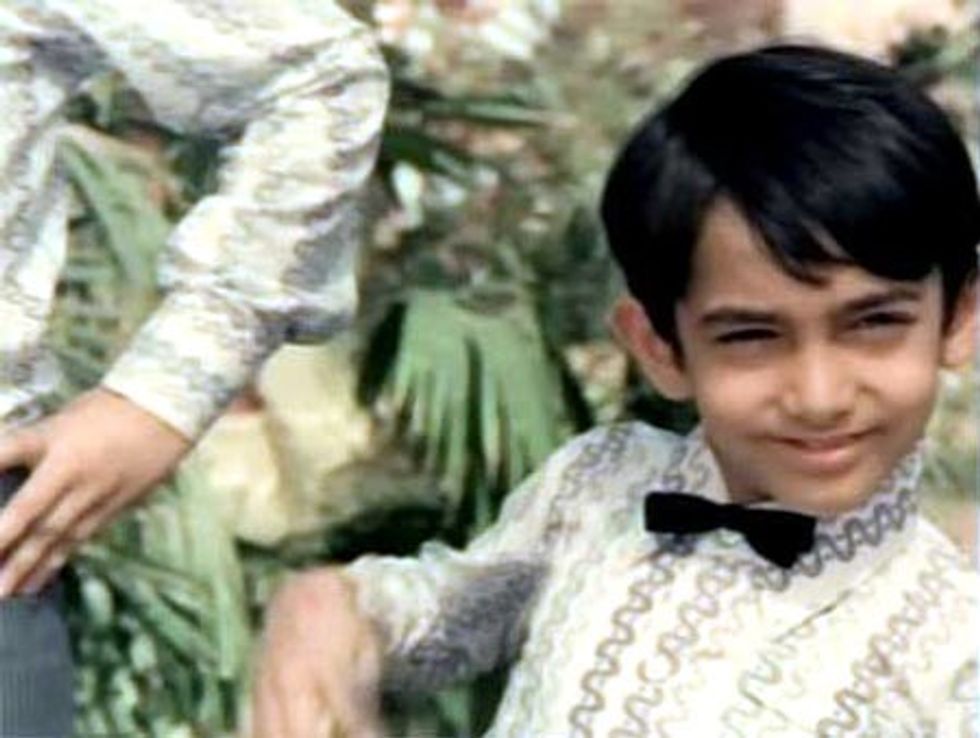 The actor’s evolving style from youth to maturity getty images
The actor’s evolving style from youth to maturity getty images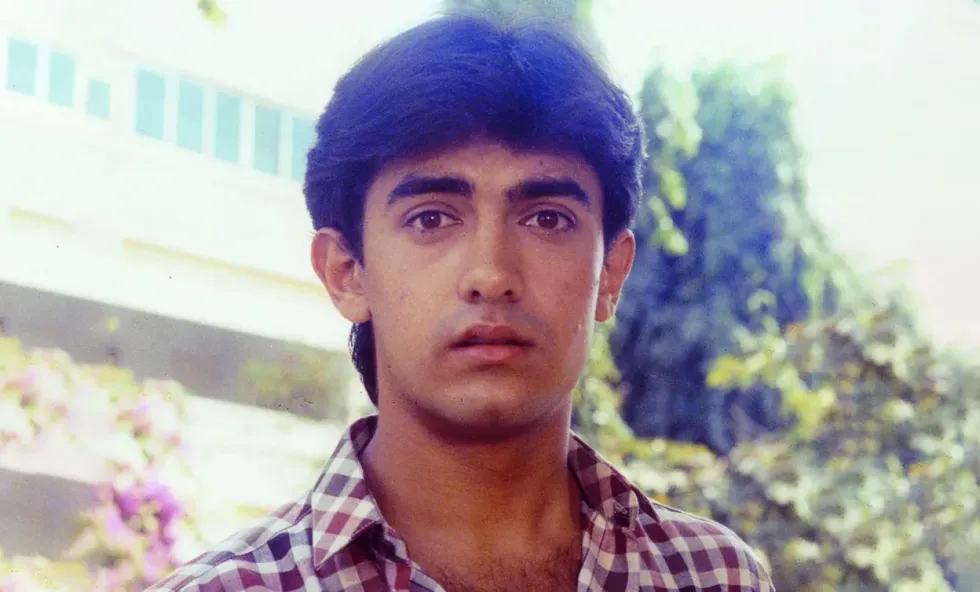 Aamir Khan embracing vintage looks with classic charmgetty images
Aamir Khan embracing vintage looks with classic charmgetty images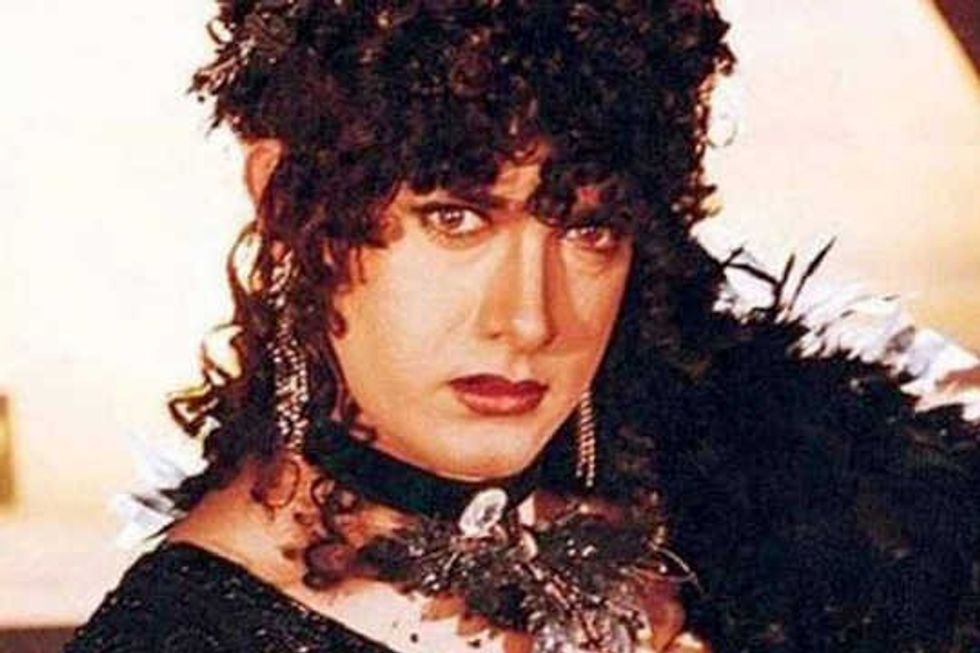 Bold and dramatic changes defining Aamir Khan’s careergetty images
Bold and dramatic changes defining Aamir Khan’s careergetty images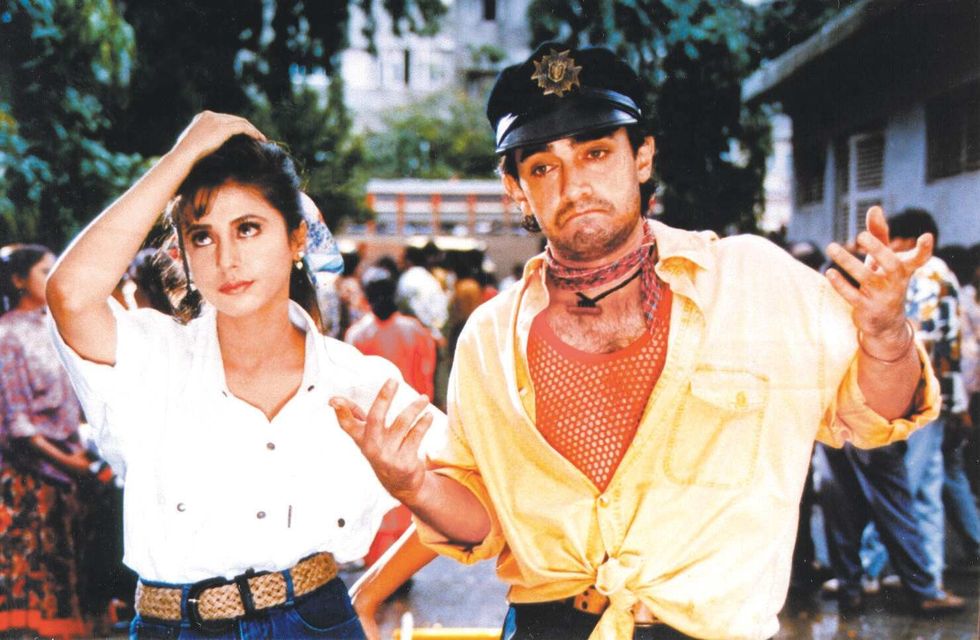 From rugged to refined Aamir Khan’s versatile appearancesgetty images
From rugged to refined Aamir Khan’s versatile appearancesgetty images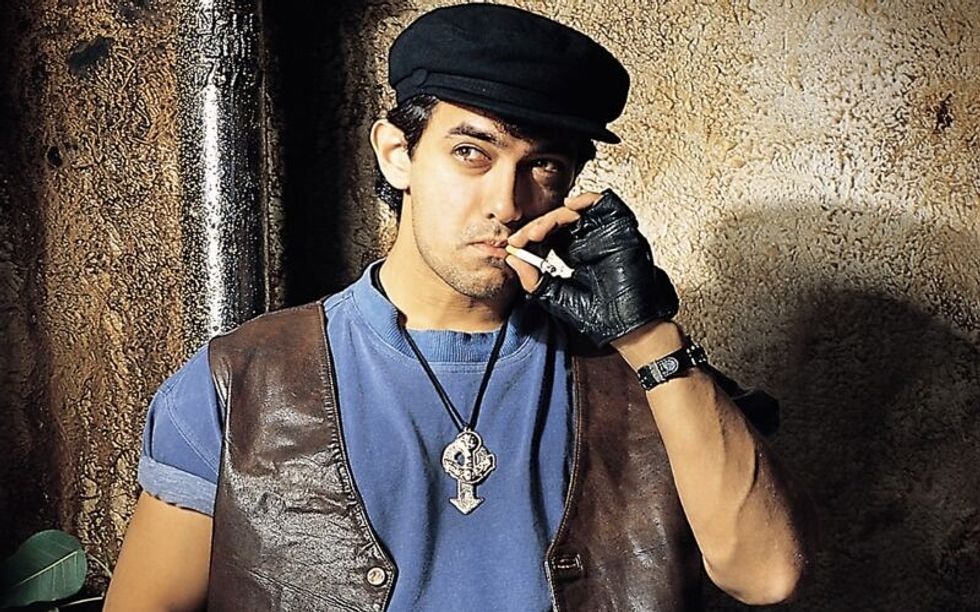 Memorable film moments showcasing Aamir Khan’s unique stylegetty images
Memorable film moments showcasing Aamir Khan’s unique stylegetty images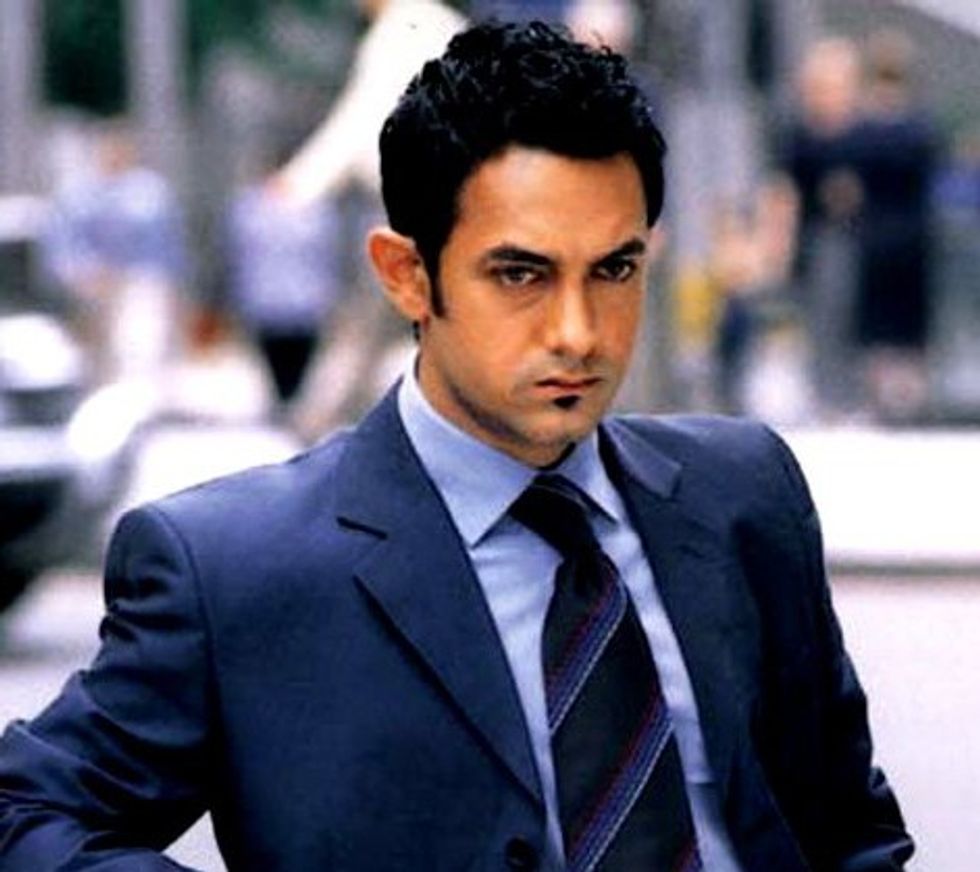 Aamir Khan’s blend of classic and contemporary fashiongetty images
Aamir Khan’s blend of classic and contemporary fashiongetty images Aamir Khan’s dedication to authentic character portrayals getty images
Aamir Khan’s dedication to authentic character portrayals getty images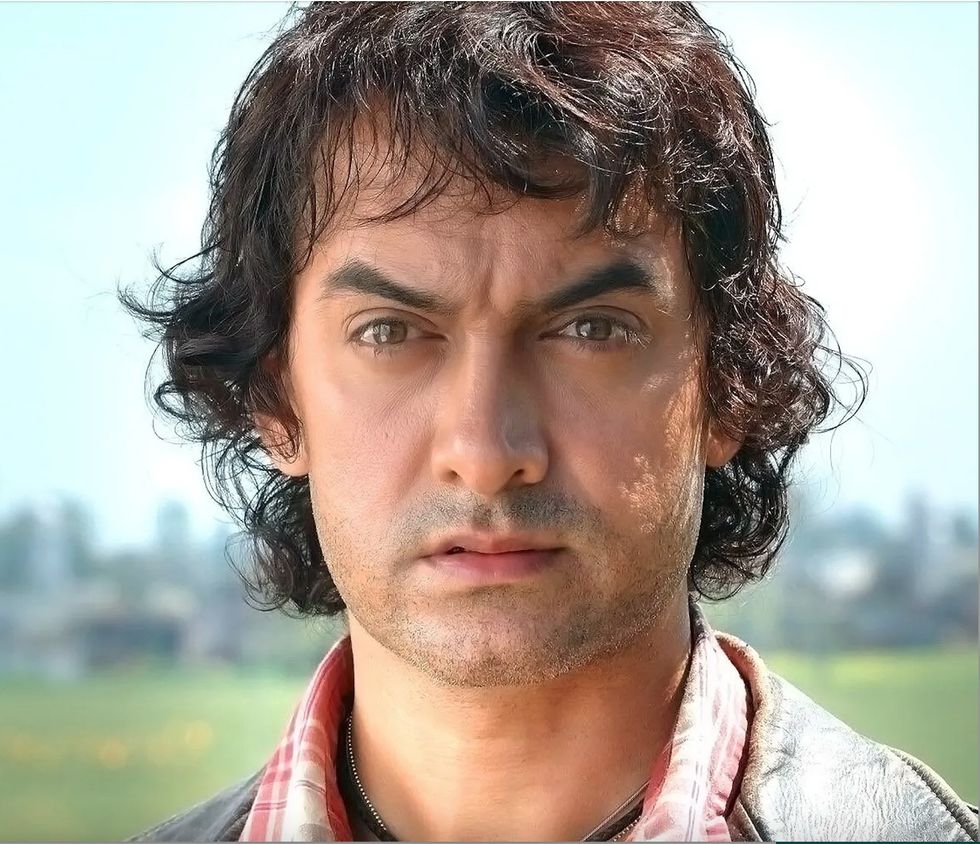 Cinematic milestones reflected in Aamir Khan’s on-screen imagegetty images
Cinematic milestones reflected in Aamir Khan’s on-screen imagegetty images
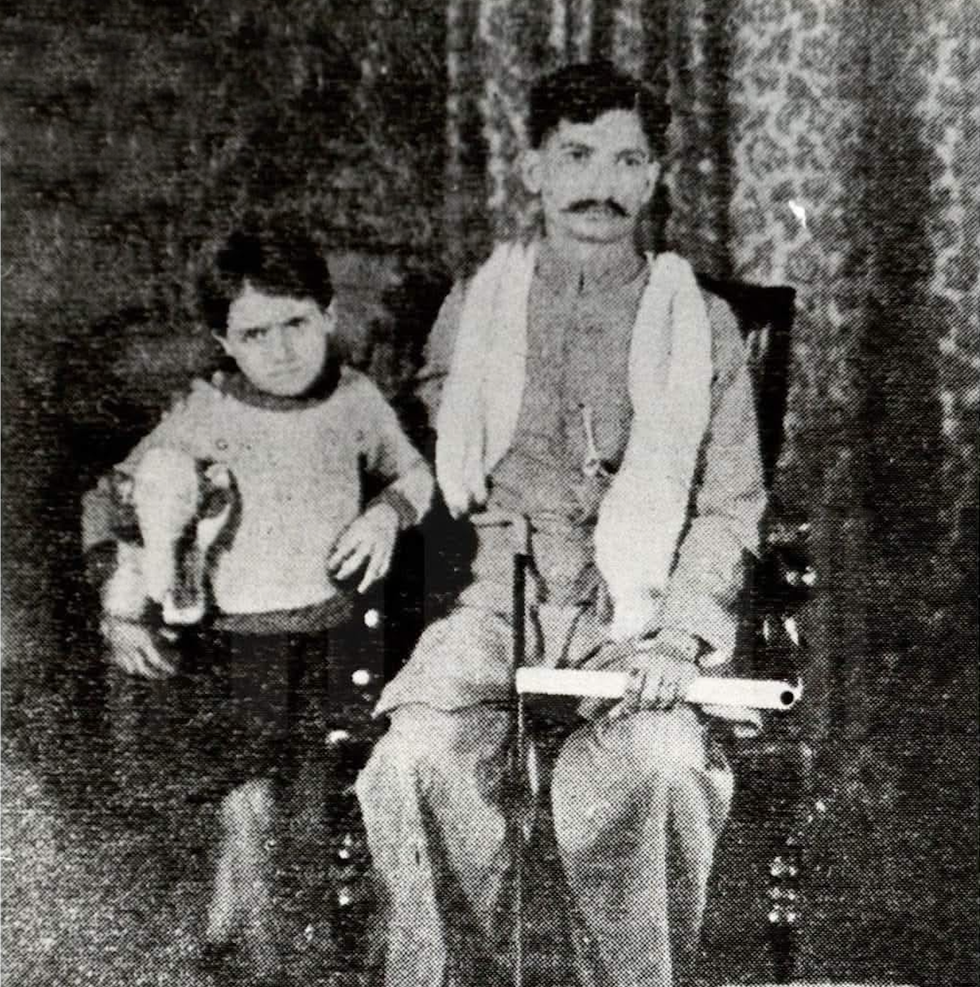 Bari-DadiFacebook/ Society
Bari-DadiFacebook/ Society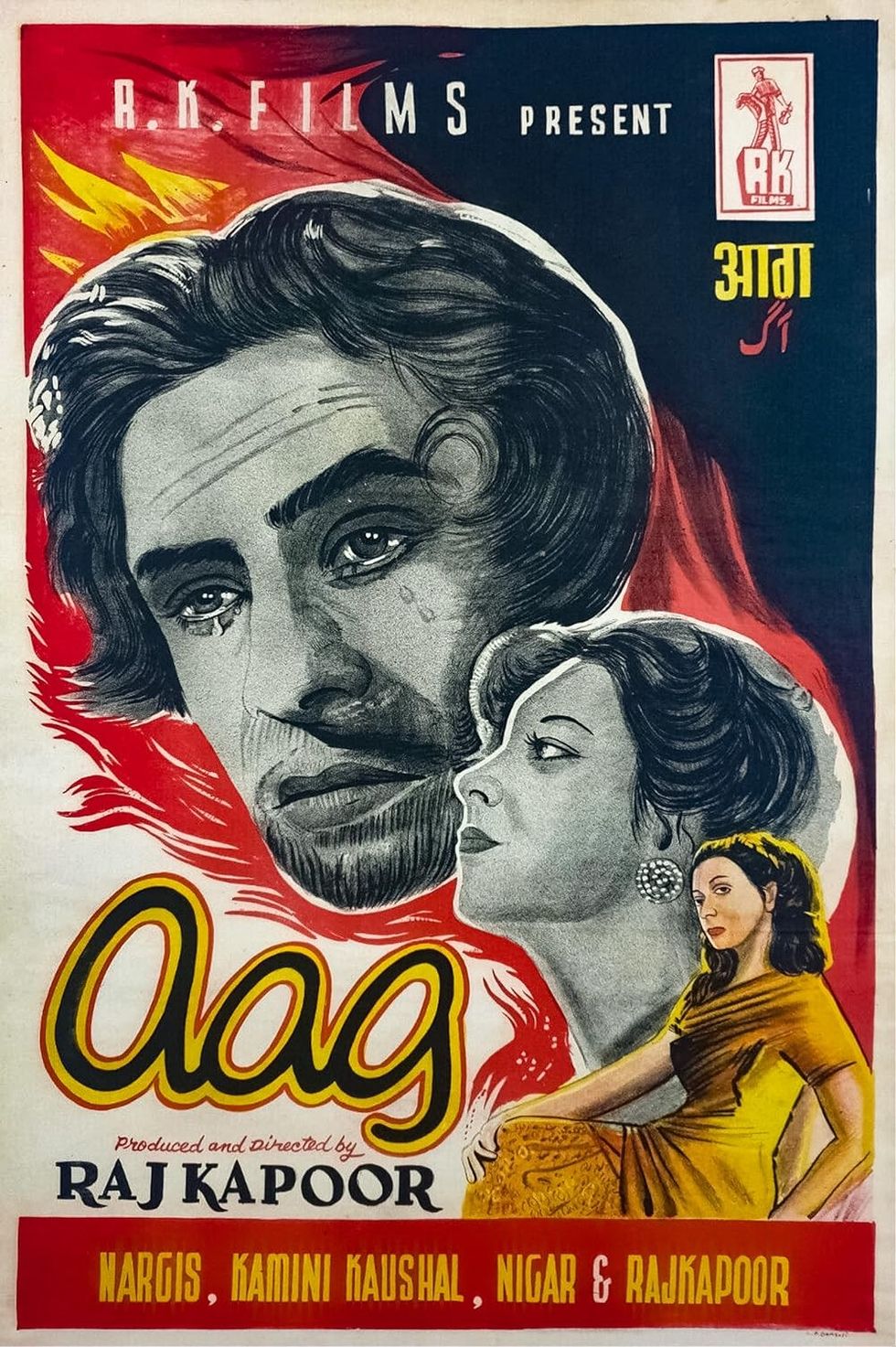 Kapoor discovered several leading talentsDigital Studio India
Kapoor discovered several leading talentsDigital Studio India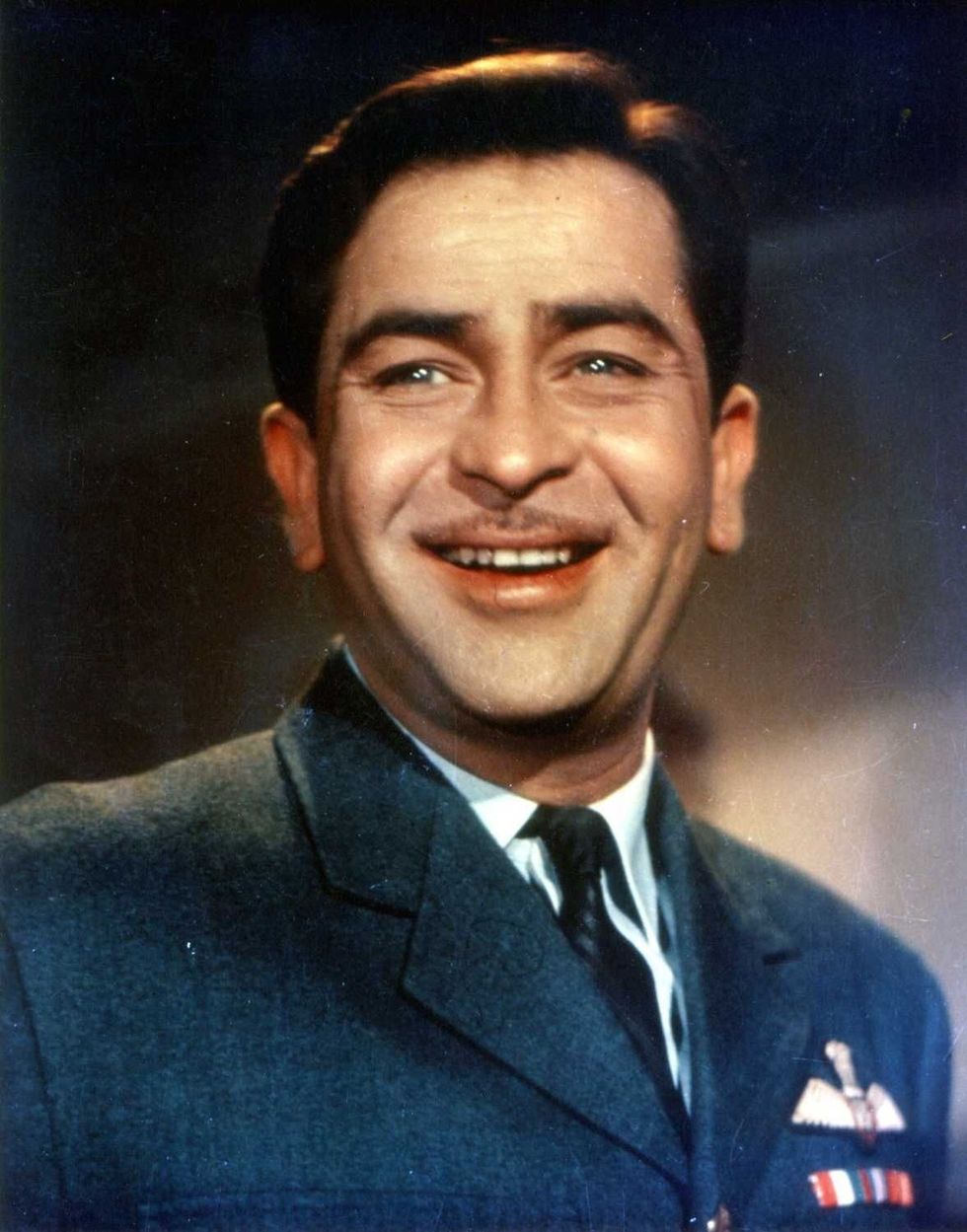 Raj Kapoor ANI
Raj Kapoor ANI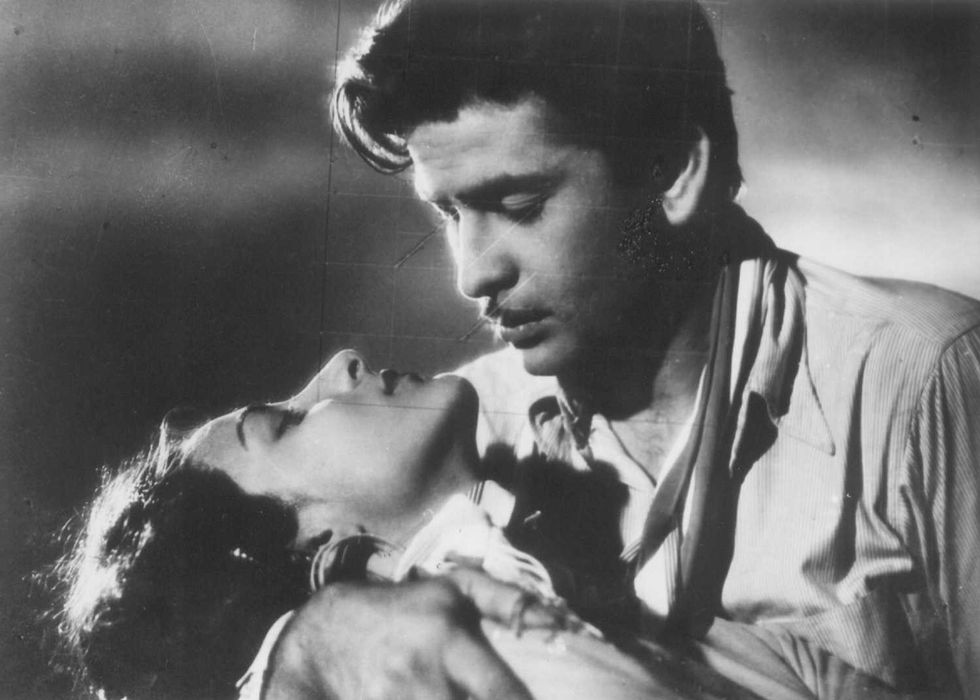 Nargis and Raj Kapoor in BarsaatFilmiGeek
Nargis and Raj Kapoor in BarsaatFilmiGeek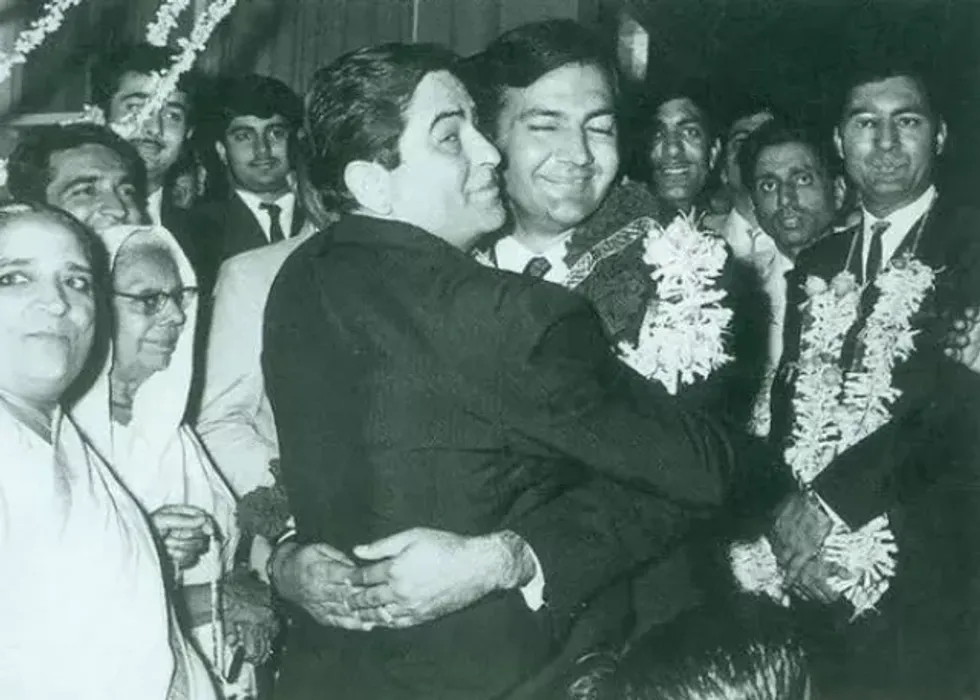 Few realise his brothers-in-law included actors Prem Nath and Prem Chopra Bollywoodshaadis
Few realise his brothers-in-law included actors Prem Nath and Prem Chopra Bollywoodshaadis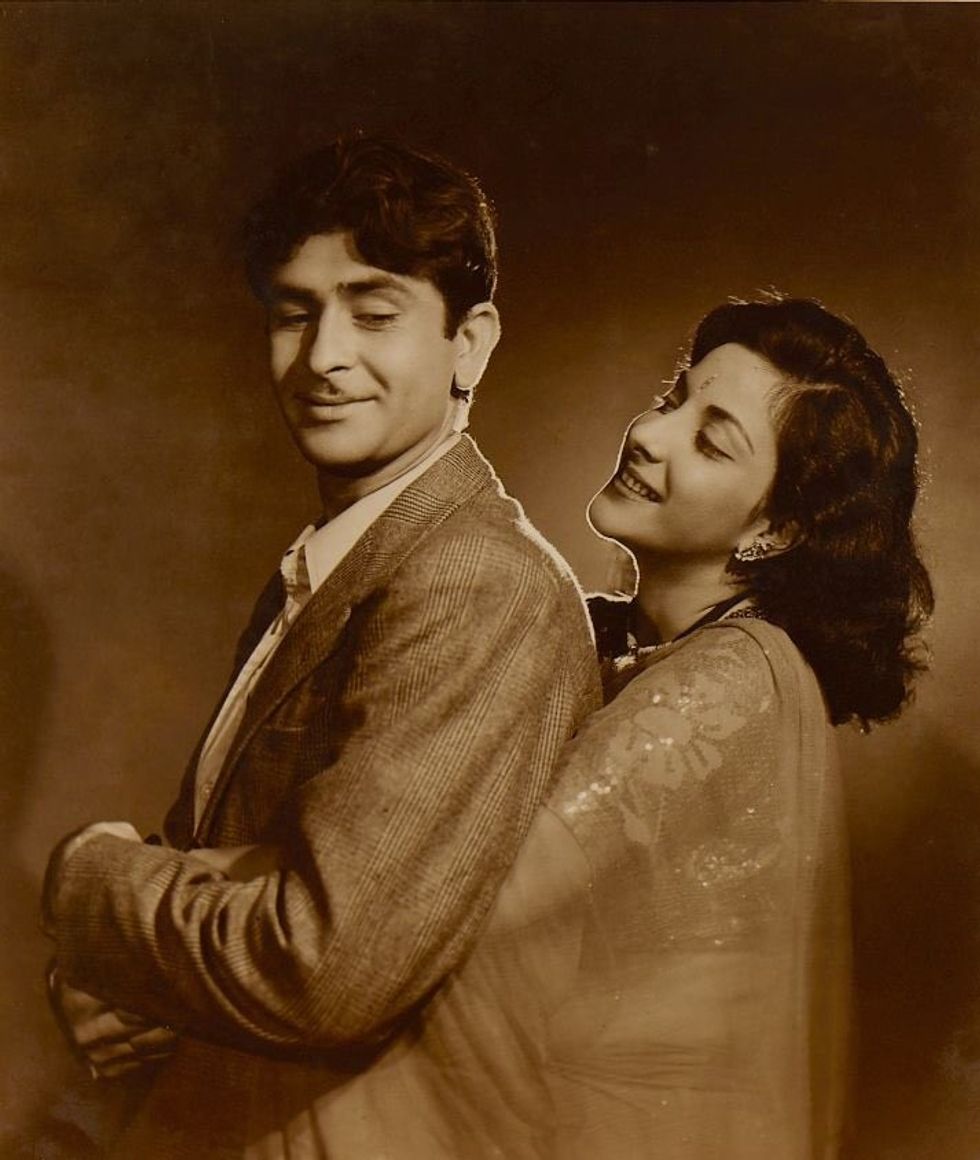 Raj Kapoor and Nargis during movie shootBollywoodshaadis
Raj Kapoor and Nargis during movie shootBollywoodshaadis
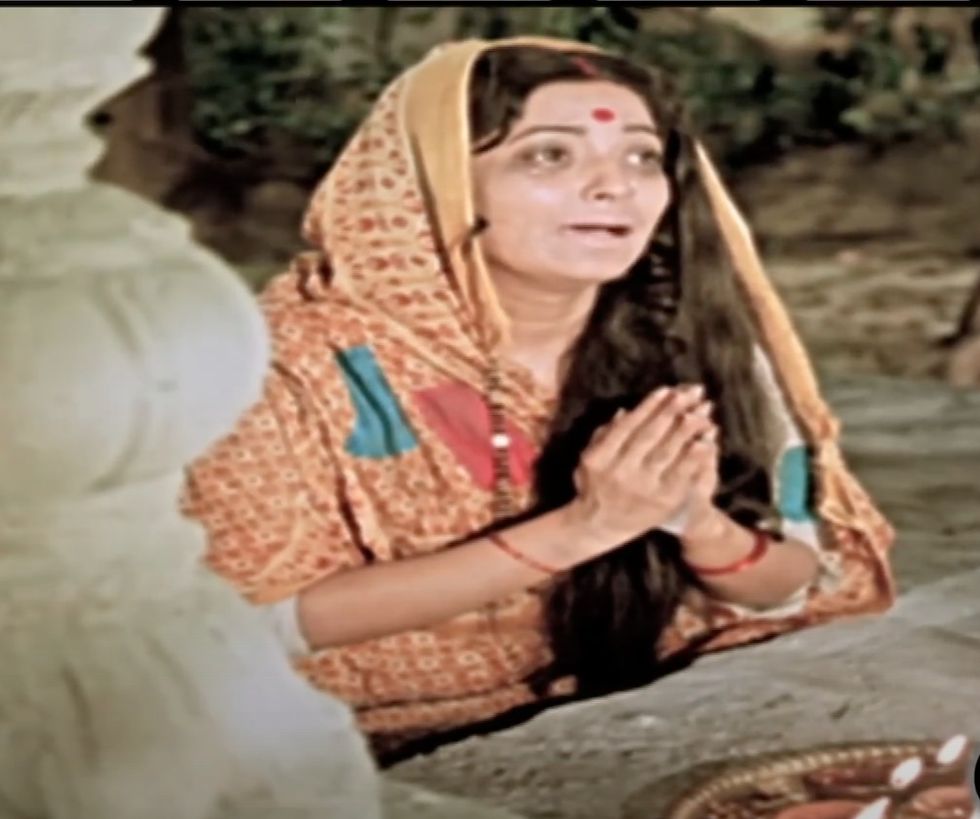 Hindu devotional drama worked miracles at the box office IMDb
Hindu devotional drama worked miracles at the box office IMDb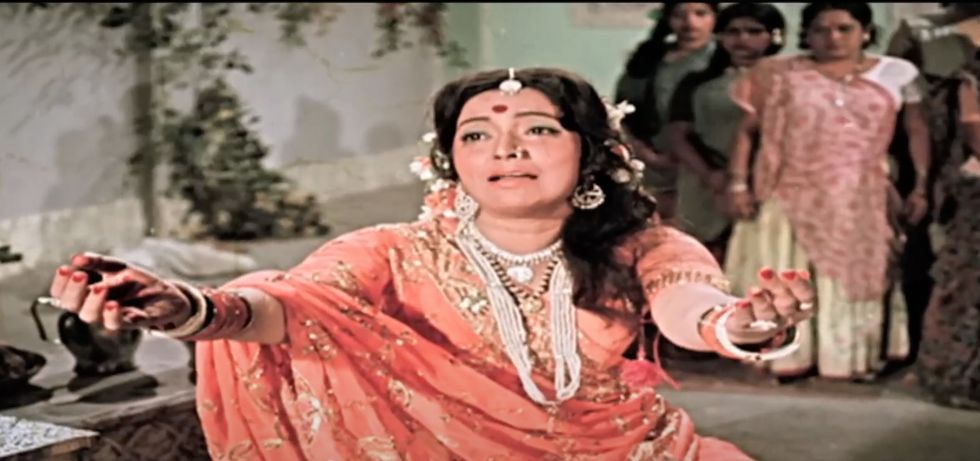 The film was written with its limitations in mind, using minimal sets and focusing on emotion IMDb
The film was written with its limitations in mind, using minimal sets and focusing on emotion IMDb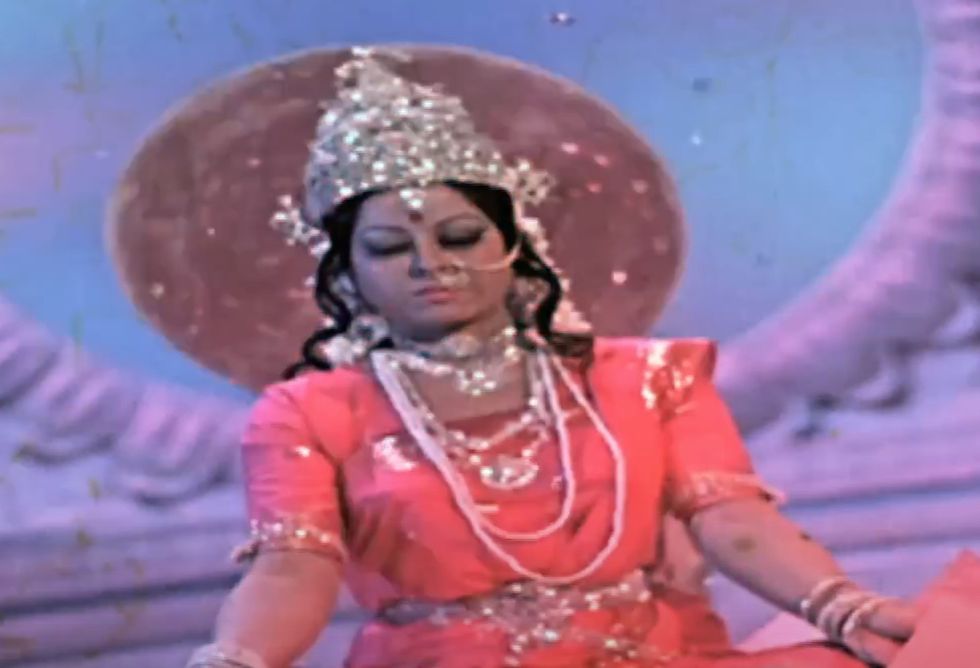 With such limited funds, there was no scope for elaborate sets, special effects, a large cast or any major names Scroll.in
With such limited funds, there was no scope for elaborate sets, special effects, a large cast or any major names Scroll.in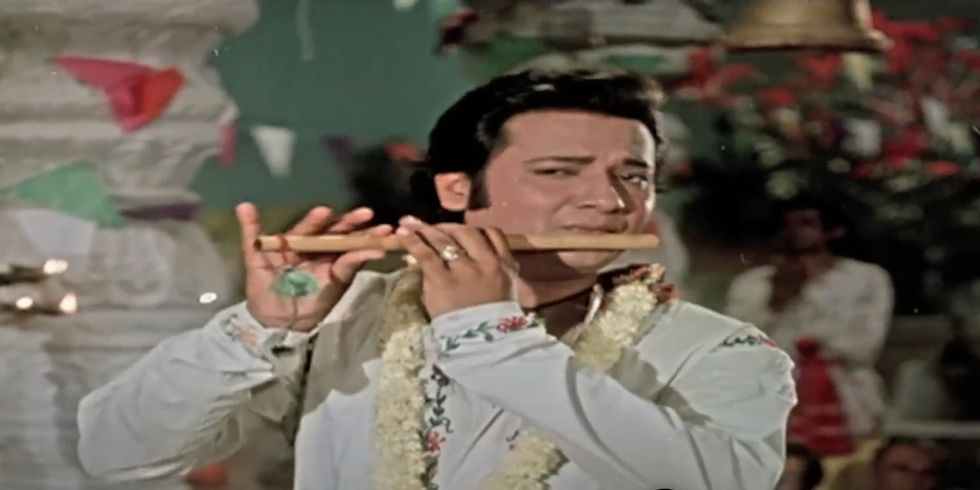 The film became a case study in how faith can fuel fandomIMDb
The film became a case study in how faith can fuel fandomIMDb